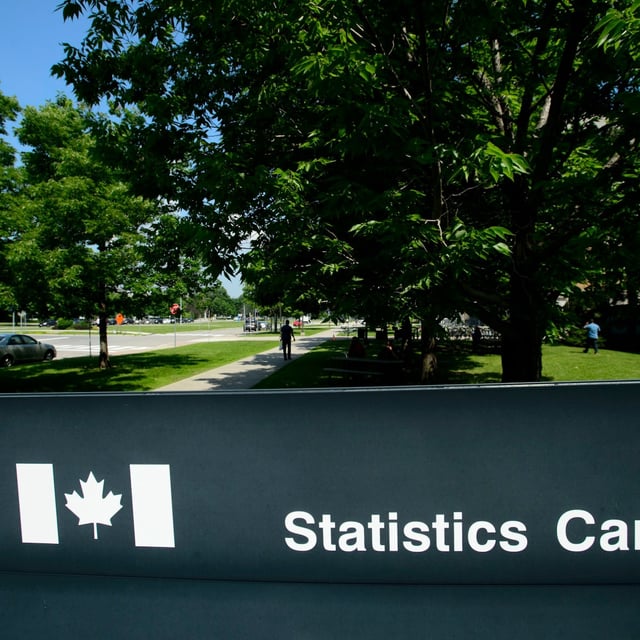Overview
- Statistics Canada reports the share of disposable income between the top 40 percent and bottom 40 percent of households widened to 49 percentage points in Q1 2025.
- Households in the top 20 percent saw their average disposable income rise 7.7 percent year-over-year, underpinned by a 4.7 percent gain in wages and a 7.4 percent boost in investment income.
- Those in the bottom 20 percent recorded just 3.2 percent growth in disposable income alongside a 0.7 percent drop in average wages and a 35.3 percent fall in net investment earnings.
- Net transfers to the lowest-income households climbed 31.2 percent, reflecting ongoing government support measures.
- Wealth concentration intensified as the top 20 percent held 64.7 percent of Canada’s total net worth while the bottom 40 percent accounted for only 3.3 percent.

